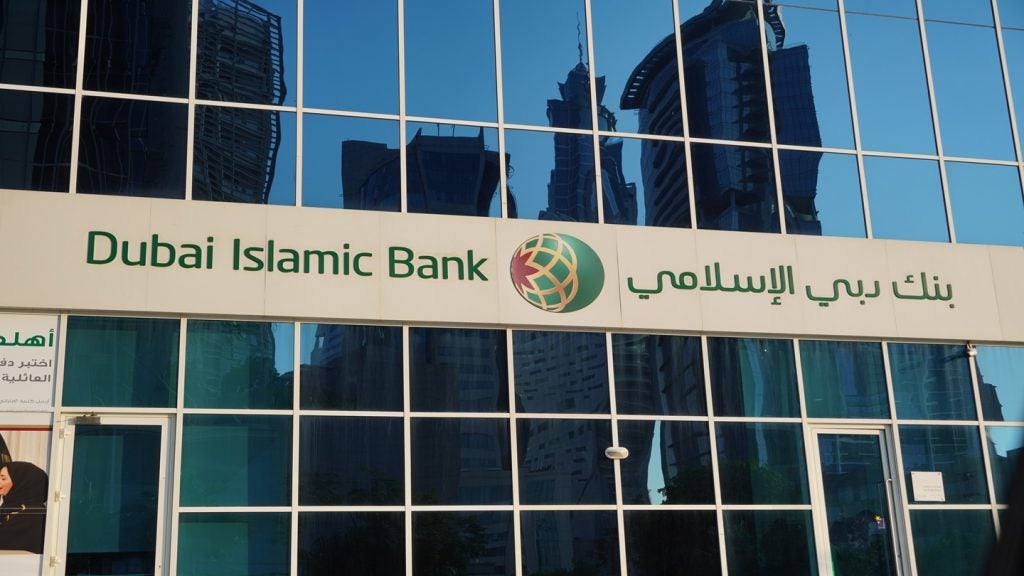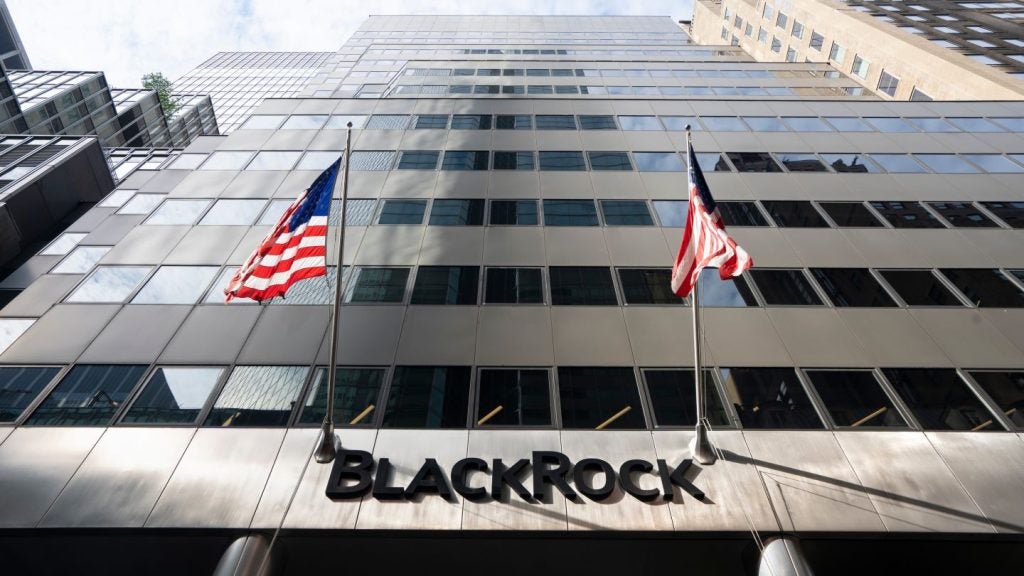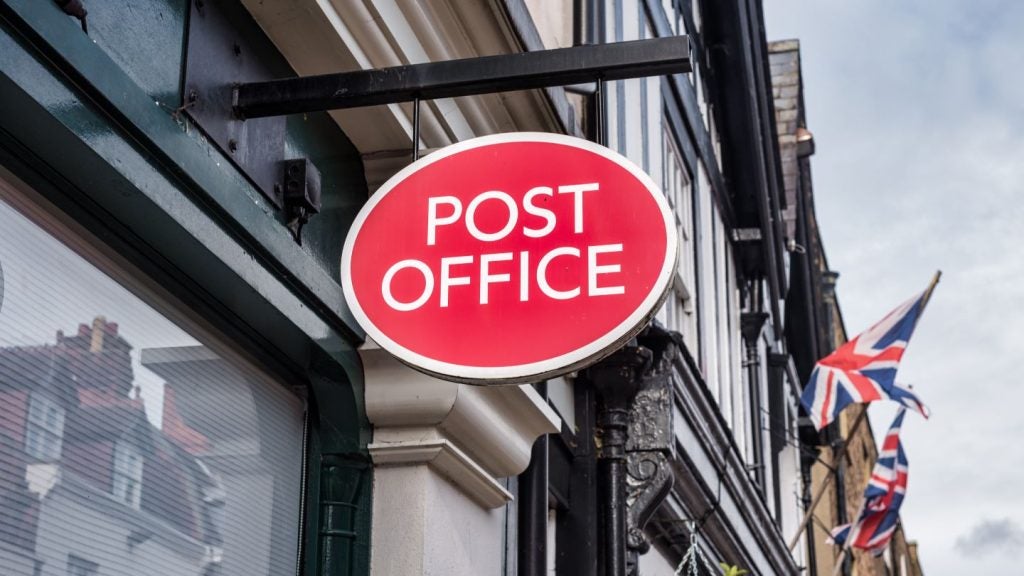The aim of creating loyal
customers at an affordable cost is taxing retail banks around the
world. Sebastien Slim looks at how customer relationship indexing,
together with detailed analytics, can help banks build a more
complete customer picture, allowing them to deliver targeted offers
and improved service.
Rewarding customers can be a key
component in building loyalty in financial institutions. But in
addition to customer rewards, are there alternative ways to
recognise and build customer loyalty?
Used appropriately, customer
relationship indexing (CRI) tools can help financial institutions
recognise the existing loyalty customers have to their brand – and
further strengthen this, without the need to fund rewards.
Europe is home to some of the most
advanced loyalty markets in the world. At the same time, customers
are now increasingly expecting à la carte, personalised services
which are relevant to their needs.
A recent customer service survey
report from Accenture found 46% of bank customers are more open to
sourcing products from different suppliers as a result of the
current economic environment.
How well do you really know your competitors?
Access the most comprehensive Company Profiles on the market, powered by GlobalData. Save hours of research. Gain competitive edge.

Thank you!
Your download email will arrive shortly
Not ready to buy yet? Download a free sample
We are confident about the unique quality of our Company Profiles. However, we want you to make the most beneficial decision for your business, so we offer a free sample that you can download by submitting the below form
By GlobalDataThe report surveyed over 50 global
business executives and two-thirds of the executives identified
shopping around, decreased loyalty and price sensitivity as the key
changes they had observed in customer behaviour.
Analyst firm, Aite Group, estimated
that this year within the US alone financial institutions would
spend an estimated $1.15bn on loyalty and reward programmes up from
$600m in 2006.
Crucial role
This further highlights the crucial
role that loyalty programmes now play in helping banks to not only
retain current customers, but also to attract new ones.
However, not every financial
institution is in a position to fund a loyalty programme. While
credit cards typically generate enough margin to fund loyalty
campaigns, debit cards, which have continued to grow in popularity,
do not.
As such, financing loyalty
programmes isn’t always a viable option. With the amount of
competition today, looking at fresh ways to build customer loyalty
will be one way for financial institutions to differentiate
themselves.
When it comes to attracting and
retaining customers, several strategies are possible. A financial
institution can either deliver services at a low cost, deliver a
service different from the competition, or deliver higher quality
services.
While all of these can appeal to
customers, the second two have the most weight in ensuring that
customers stay loyal.
Traditionally, loyalty software in
the banking industry has been used to incentivise customers to
collect reward points or cash back in line with the total amount
they spend on their bank card, and in some cases on other
services.
Turning this on its head, what if a
bank used the same loyalty software to run a points based loyalty
scheme that is not actually visible to the customer, but rather as
an indicator of the total value of each customer – not just in
terms of card spend, but across all areas of the bank?
The objective would be to use CRI
to assign relevant points to each customer, and then use these
points to trigger opportunities to upsell or cross-sell appropriate
products and services that surprise and delight customers.
The higher the accumulated points a
customer has in a specific category of product or service, the
higher their CRI, and the more profitable the customer.
For example, if a customer achieves
a particular number of points for their card spend and savings
account usage, the bank could decide to upgrade them to a platinum
card for the price of a silver card.
Similarly, if that same customer is
identified as spending very little on insurance with the bank, the
bank could offer an attractive combined insurance policy for their
home and car. In this way, it will be easier for a bank to compare
the level of business of their customers against each other and to
gain a broader picture.
So, what can banks do with the
information that CRI provides? Building a full picture of each
customer the bank can now target more effectively the products and
services most relevant to the customer.
This translates to improved
customer relationships. Sending out offers that are relevant and
timely to customers will help the customers feel that their bank is
one that truly understands their individual needs and preferences
and increases the likelihood of them responding positively to
extend their business with the organisation.
Crucially, improving customer
service in this way can help create customer advocates or
ambassadors for the bank, who will potentially talk about their
experience and encourage others to become customers too.
A report from analyst firm
Forrester found, out of a survey of 21,000 European respondents,
“only 29% of Western Europeans believe their bank acts as a
customer advocate, doing what’s best for them and not just what’s
best for the bank’s profits.
It goes on to highlight that 82% of
Europeans who think their main bank is a good customer advocate
would recommend the bank to others, compared with a mere 20% of
customers who do not consider their main bank a customer
advocate.
Keeping the customer
sticky
CRI gives businesses understanding
and in-depth knowledge of the level of business their customers
have with them, in order for them to maximise customer loyalty
through à la carte offerings – ensuring they ‘stick’ with the
bank’s products or services.
Most importantly, using CRI means
there is no need to fund any mass rewards which in turn reduces
costs and ultimately adds to the bottom line in terms of overall
profitability.
With current budgetary pressure,
using CRI becomes an attractive option. Ultimately it ensures
customers feel taken care of without adding the costs of funding
rewards to a constrained budget – something that just makes plain
‘cents’!
Sebastien Slim is
vice-president, global pre-sales and product marketing at Welcome
Real Time.
Established in 1996, Welcome
Real Time partners with banks in over 30 countries to run real-time
loyalty and marketing programmes that drive a change in the
behaviour of their customers, ultimately driving long-term growth
and profitability.







